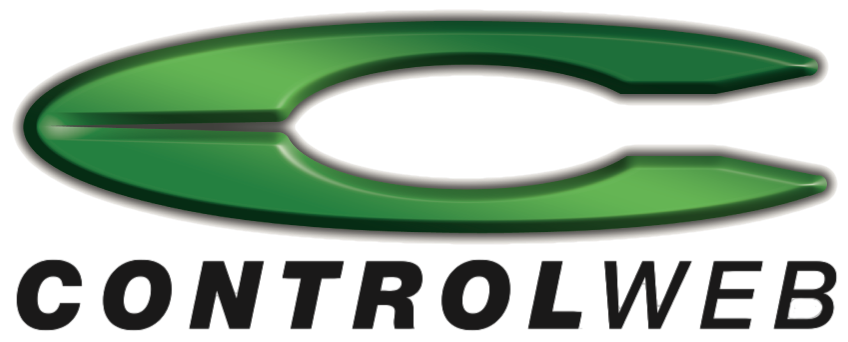Implementing an Asset Management System without Spending a Fortune
In a Nutshell
Our customer was the engineering services team of a large organisation with legacy asset management systems that needed a refresh. Enterprise class systems can come with enterprise class costs, which is not a great prospect for a non-revenue generating asset. This particularly risky if it is not clear whether a management system will be a good fit.
Controlweb had a risk-free solution though. We led the team through a pilot process by implementing a Software as a Service (SaaS) system. This allowed our customer to gather their thoughts, information and processes, as well as enabling a simple and low-cost exit strategy as the broader organisation worked through the challenge of selecting an enterprise system. It should also be noted that this SaaS system could quite conceivably take on an enterprise role, a win-win for all.
Some Details
Asset management was being performed with bespoke legacy systems on a vast geographically distributed infrastructure. These systems had served the organisation extremely well for many years and were undoubtedly leading edge when first introduced. What was once considered amazing remote access to information was now considered to be somewhat of a dinosaur in this connected age.
Some of the more significant challenges we sought to address were:
- Inaccurate data – Technicians on the ground had very limited access to information which meant that data was invariably inaccurate.
- Poor investment choices – Inaccurate data made for difficult asset management decisions with sub-optimal investment choices a consequence.
- Low system use – User interfaces now felt clunky when stood alongside modern counterparts which didn’t do much to encourage system use.
- Intersystem data integrity – Multiple systems meant multiple interfaces and complex data path maps with corresponding data integrity challenges.
- Potentially expensive – A full implementation could be an extraordinarily expensive undertaking. Not only from licensing costs given the size of the infrastructure, but also from consultancy fees to implement the system.
- Difficult to identify assets – Naming conventions were inconsistently applied as the organisation grew organically over many years. This made asset identification difficult.
- Difficult to measure performance – The granularity of data was not sufficient to get a real measure of either the performance of the assets nor of the performance of the contracts supporting the assets.
Our objective was to conduct a pilot implementation of the SaaS system to get a clear picture of the investment required and to provide a considered view of the ultimate value to the business. The pilot also needed to establish an implementation strategy to minimise the rollout cost.
There were two significant reasons for choosing a Software as a Service (SaaS) system:
- Cost – The licensing costs were insignificant when compared to a comparative enterprise system license.
- Commitment – how many can really profess to understand a system until they have had significant use of it, regardless of how many demonstrations are performed? Implementing the SaaS system allowed the team to navigate the system on a daily basis, but it also allowed for a quick extract if required. During testing, it provided a platform to collate data and information if it ended up being the preferred choice.
The combination of low cost and low commitment meant that mistakes by the employees were allowed. As we all know, mistakes provide a useful learning experience. So, a major hurdle to initiating a project was removed. The system allowed our client to explore and understand their asset management needs without a major capital commitment up front.
The pilot was undertaken on 7 of the 1000+ sites. These 7 sites were selected for their ‘typical’ nature. Data structures and naming conventions were defined up front and refined throughout the process. Auditing methods and tagging techniques were tested and maintenance strategies were updated to target over 40,000 annual maintenance tickets.
Self-delivery of training was a major feature of the system which had significant change management benefits. Some specialist vendor consultation was required but this probably amounted to a grand total of around two weeks of time.
The key learnings we could deliver, aside from a fairly robust projection of the expected cost and rollout schedule were:
- Standards – clear and consistent standards, naming and structure – all vital for effective implementation.
- Business ownership – without both operational and executive ownership the chances of success are slim.
- Asset classes – different assets have different information and are suited for grouping and management in different ways.
- Hierarchies – are important, but just as important is not making these hierarchies too deep. The management effort required to maintain this is unsustainable.
- Multiple data sources – in this type of implementation there is never one source of the truth. A large effort is required to validate the best version of the truth and to make this the new master.
- One size to fit all – is a fallacy but a good fit is sometimes better than the best fit.
This was an extremely interesting project that set the foundation for our client to progress, largely in-house and at their own pace. Not only did they get a workable solution that allowed them time to consider all of their options, but they had the flexibility of easily changing things if they found it wasn’t working for them. A great result!
